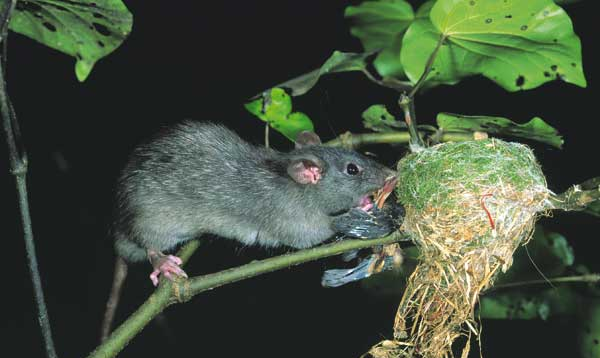
Can we achieve a Predator Free New Zealand?
It has been 6 months since the announcement that New Zealand would be predator free by 2050 garnered worldwide attention. But Caroline Wood asks – how will we get there? Forest & Bird led New Zealand’s first predator-free success story when Auckland branch member, Mr. A. McDonald, from Waiheke Island, used a £5 government grant […]



